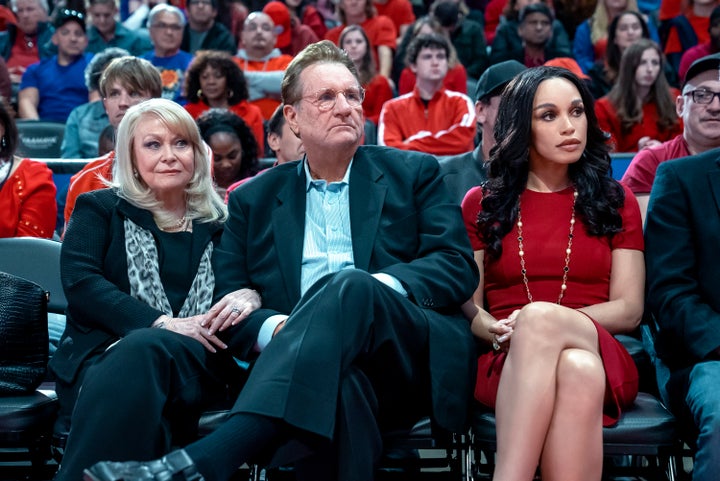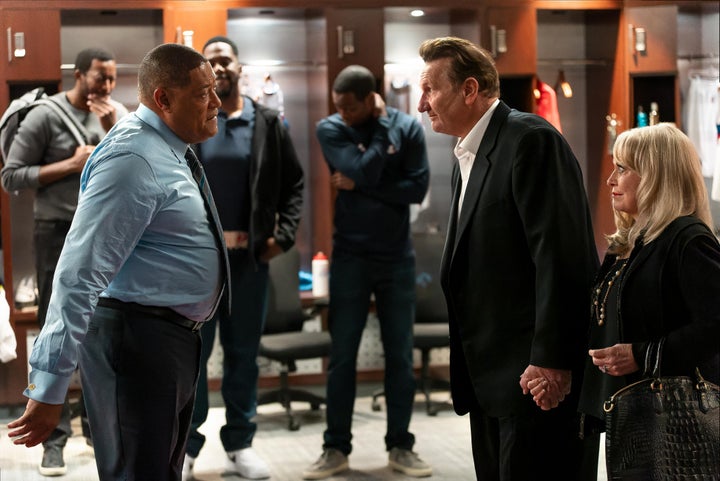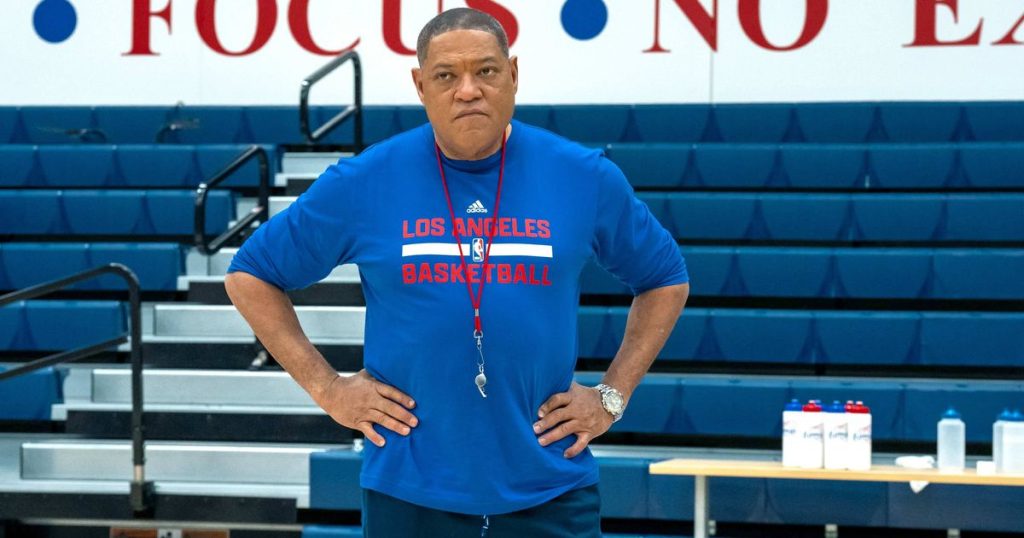Watching the new FX series “Clipped” made me nostalgic for a particular era of the internet. 2014 was a boom time for digital media and the peak of the blogging era. Lots of websites were publishing smart and snarky reporting and writing. Twitter, though not without its faults, was a place where you could actually have some robust conversations, rather than a pit latrine of conspiracy theories and sponsored content overseen by a manchild.
In the spring of 2014, the story of Los Angeles Clippers owner Donald Sterling exploded onto the internet, when TMZ published leaked audio of him going on a racist rant, as secretly recorded by his assistant and girlfriend V. Stiviano. There was a lot of sharp and thoughtful writing and reporting on all angles of the story ― what it said about the NBA and professional sports as institutions, and how it also went way beyond that.
The Sterling saga yielded online conversations about an abundance of big subjects. People wrote all kinds of incisive pieces about race, gender, class, celebrity, labor, activism and housing policy. For years, Sterling and his wife Shelly had been stiffing and discriminating against Black and brown tenants in Los Angeles — not unlike another famous Donald on the other coast, who would run for president a year later. In addition to the serious discourse, people also had a lot of fun with the story, circulating jokes and memes on Twitter, a hallmark of this type of news cycle. (It also made an impression on me personally: As a junior in college at the time, starting to seriously pursue a journalism career, I have a distinct memory of the Sterling saga as emblematic of that era of digital media. Each day, I loved logging on to Twitter and finding the work of so many smart writers, dreaming of being part of it myself.)
The visual tapestry of “Clipped” is reminiscent of that time, such as how each episode transitions between scenes using scrolling Instagram feeds — specifically, Instagram as it looked in 2014. But the six-episode limited series, premiering Tuesday on Hulu, loses a lot of the necessary context that the internet gave the story at the time.
Based on “The Sterling Affairs,” a 2019 podcast from ESPN’s “30 for 30” series, the show would have worked better as a docuseries (perhaps on ESPN itself). By zooming out and featuring commentary from people who were involved in or covered the story contemporaneously, a docuseries could have brought more viewers into the enormous scope of this story and reflected on it a decade later. Dramatizing the Sterling saga in a prestige limited series, despite its many excellent performances, is an approach that’s unable to give the story the context it needs.

But hoo boy, do the show’s actors make a scrumptious meal out of these characters. Ed O’Neill brings the requisite amount of cartoon villain energy to Sterling. Laurence Fishburne brings both gravitas and crankiness to Clippers coach and NBA legend Doc Rivers. Cleopatra Coleman and Jacki Weaver as V. Stiviano and Shelly Sterling, respectively, are also fantastic. Coleman in particular brings welcome depth and complexity to Stiviano, who in the public narrative at the time was often flattened and reduced to “the mistress.”
The cast formidably accentuates the larger-than-life qualities of the characters in this saga. But the maximalism of some of the acting and the dramatic heights of the show inadvertently distract from the bigger issues at play, which the series gives short shrift. It even left me wondering if “Clipped” is unintentionally reproducing the salaciousness of the story itself. So much of the great writing about the Sterling saga at the time was able to scrutinize the initial tabloid coverage of the story, and underscore how all of it was so much more than a spectacle.
By contrast, a dramatization with an excellent cast of boldface names playing these real-life people, all of whom have big personalities, invites and inserts more spectacle. Other than a few standout moments in the middle of the series, as well as a flashback episode that feels shoehorned in, the show is too limited in its scope, never pulling back the lens far enough.

I can understand not wanting to make a show that hews too closely to the format of the original source material, essentially making a visual version of the podcast. Different mediums can serve different purposes and reach different audiences. If you’re interested in the drama and spectacle of this cast of characters, a limited series might be your preferred vehicle for consuming this story. But if you’re interested in the context, you won’t get much of that here.
That’s a loss for viewers. So much of the Sterling saga wasn’t just about the story — it was about how it was covered, and how each news cycle found more and more layers to it. Sadly, a lot of those pieces are lost to time and bad decisions by media CEOs, who wiped away the work of plenty of talented writers. That era of the internet is long gone. A show like “Clipped” could have honored it, not just aesthetically, but substantively too.
“Clipped” airs Tuesdays on Hulu.
